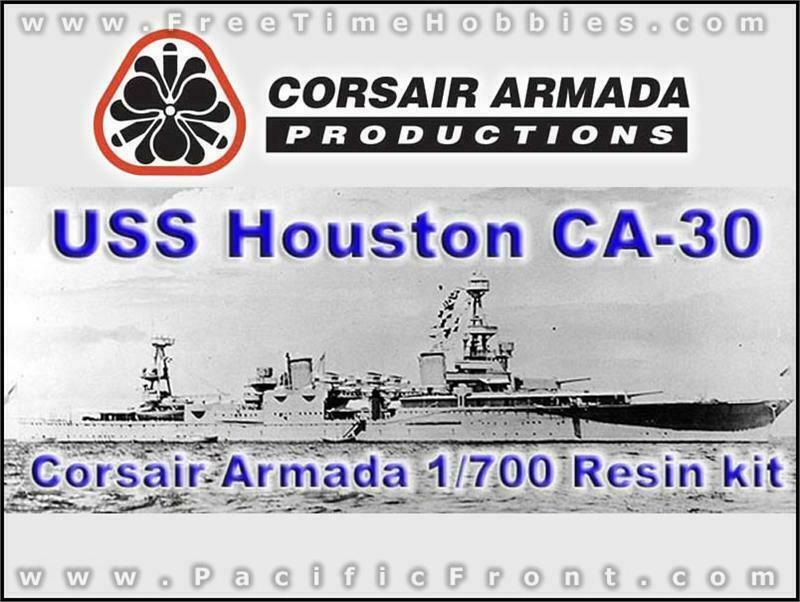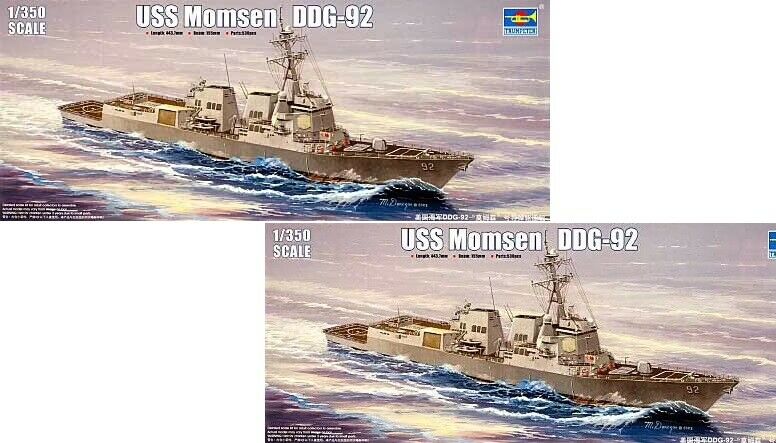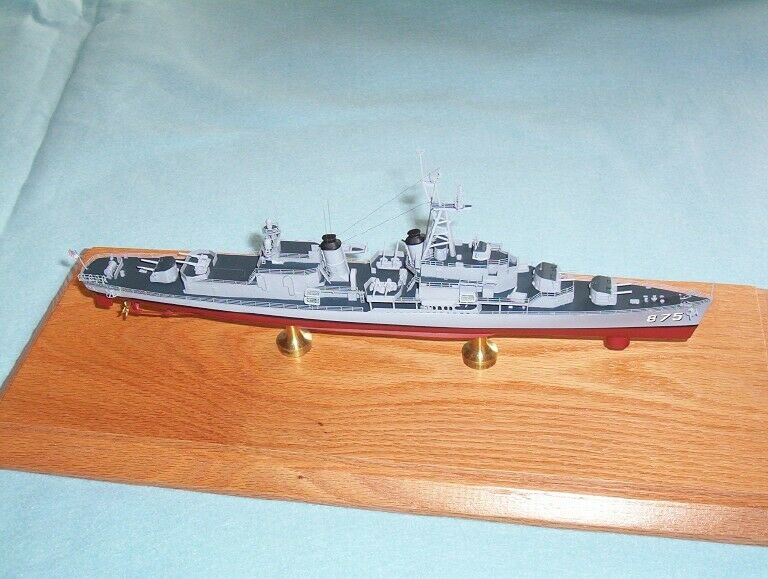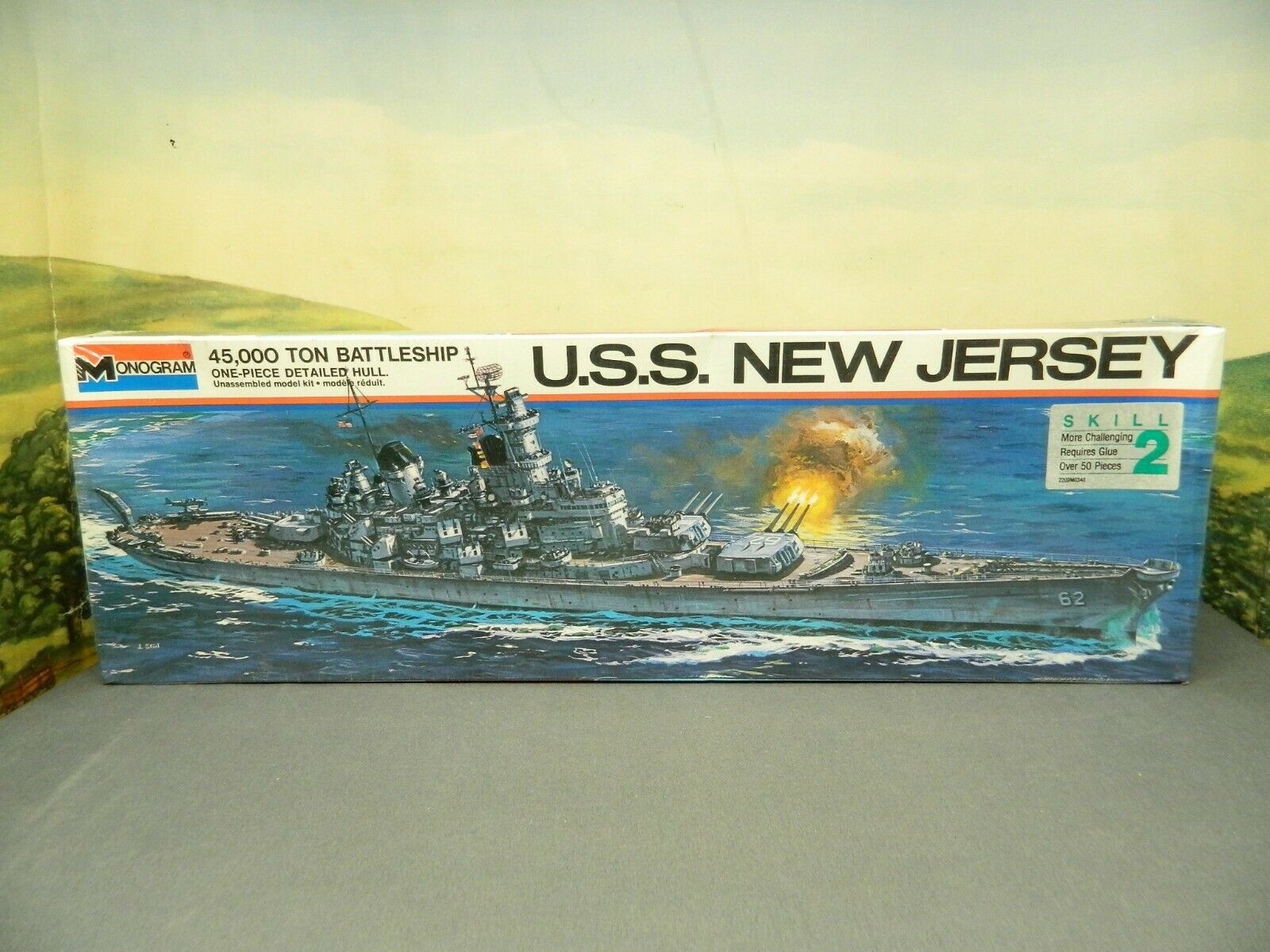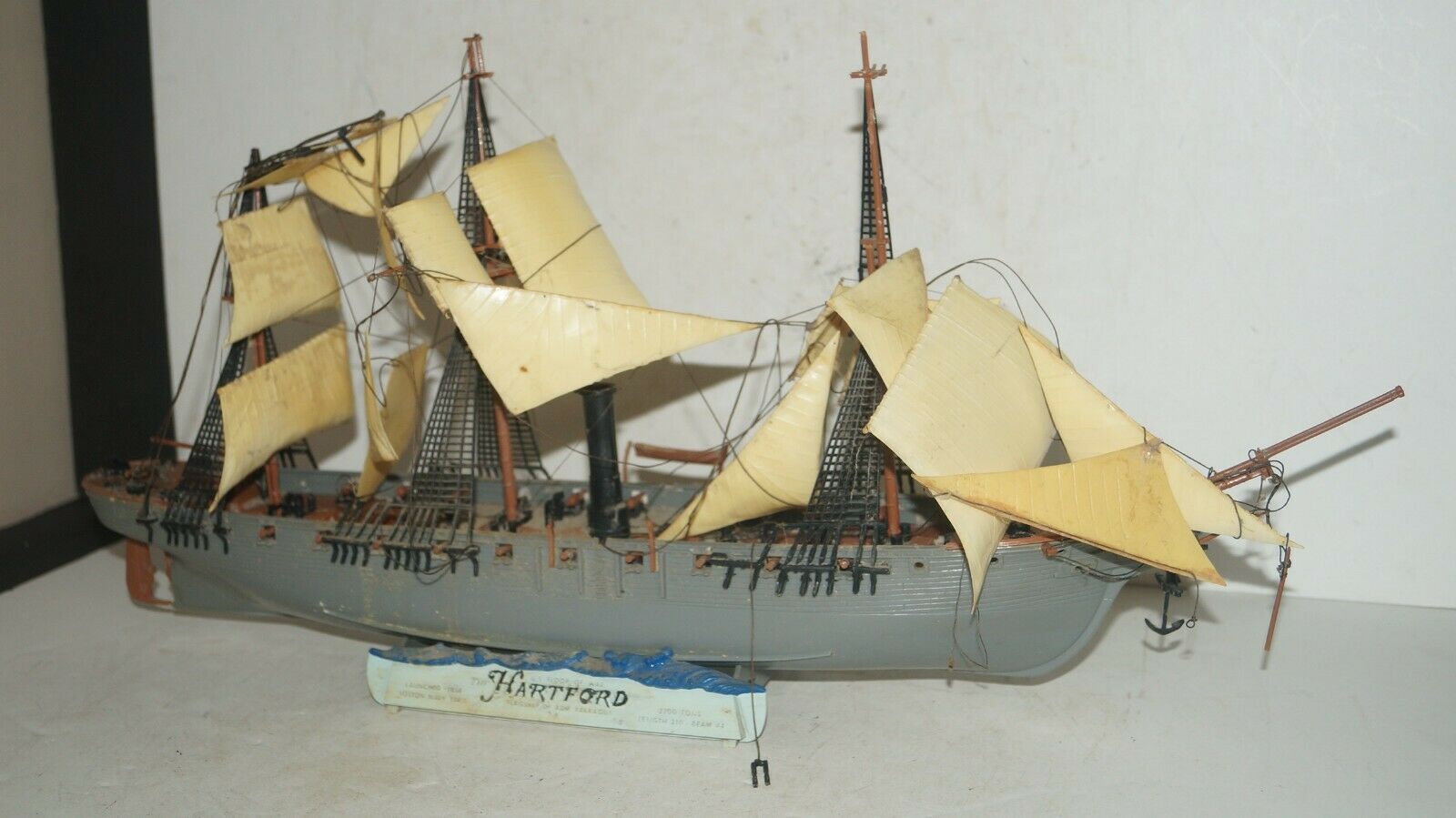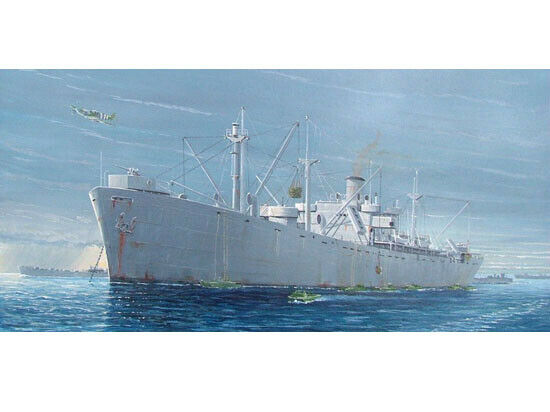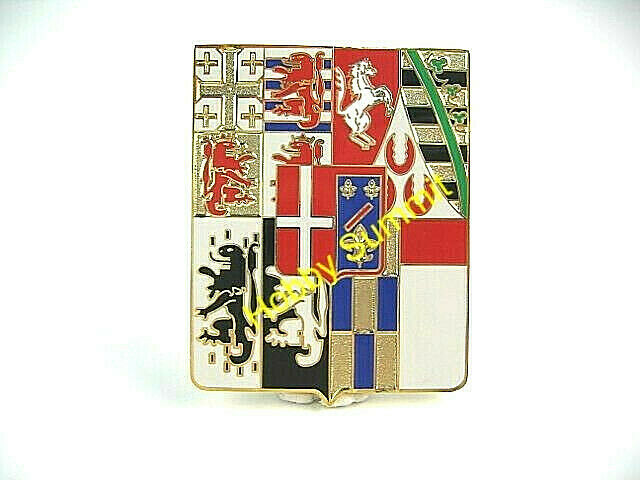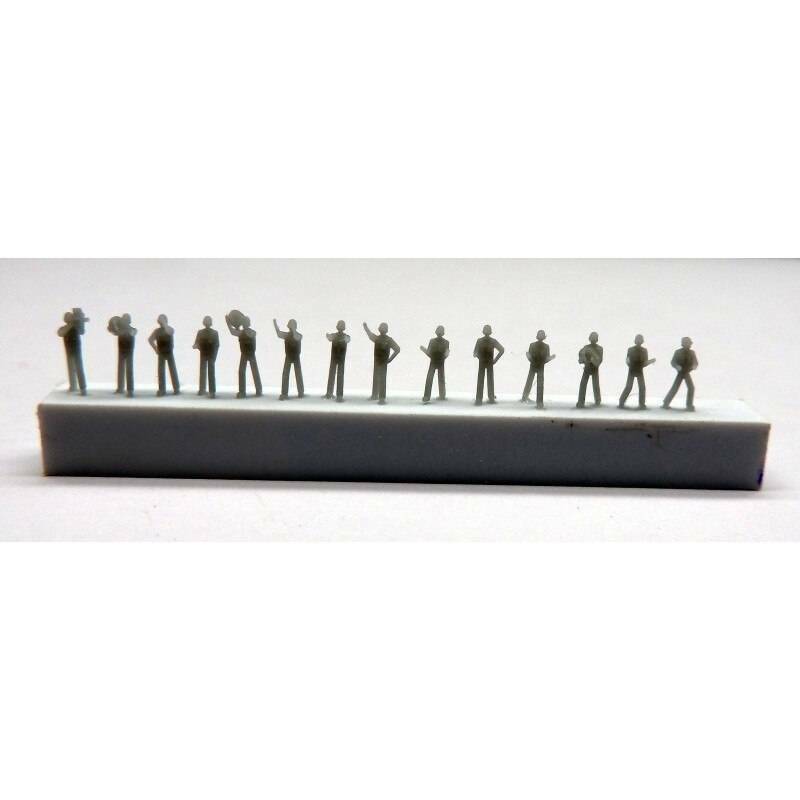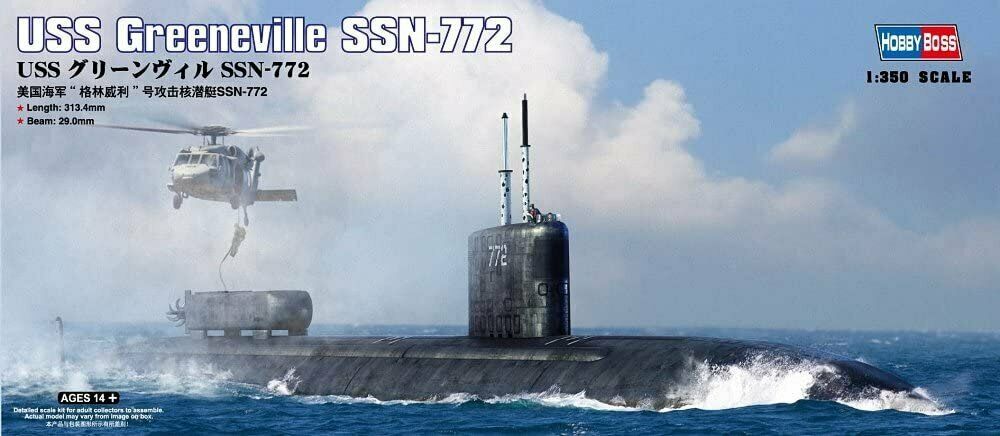-40%
1/700 Corsair Armada USS Houston CA-30 Heavy Cruiser
$ 37.46
- Description
- Size Guide
Description
Click Here
to visit our
eBay Store
Flat Rate Shipping
Free 30-Day Returns
Satisfaction Guaranteed
1/700 Corsair Armada USS Houston CA-30 Heavy Cruiser
The USS Houston was a member of the Northampton Class of heavy cruiser. She was a treaty cruiser built to the limitations of the Washington treaty then in effect. Ships in the class included CA-26 Northampton, CA-27 Chester, CA-28 Louisville, CA-29 Chicago, CA-30 Houston, and CA-31 Augusta. The Houston and her close sister the Chicago had an extended forecastle with extra accommodations for flag staff and were easily recognizable from the other ships in the class.
The Houston was completed in June 17, 1930 and soon after completing here trials, she sailed for the Pacific to become the flagship of the Asiatic Fleet. She returned stateside to transport President Roosevelt on a 12,000 mile tour of the Caribbean and Pacific and served in similar peacetime duties during the interwar period. When war broke out she was dispatched to Australia to help protect the southern flank of the Allied forces. She formed up with units of the ABDA (American-British-Dutch-Australian ) naval force at Surabaya and led patrols in the waters in and around the Java sea. Houston was sent to attack Japanese forces at Balikpapan with the Marblehead when both were attacked and damaged. Houston received bomb damage that disabled her number three turret and Marbelhead was so badly damaged that she had to be sent home.
After repairs Houston escorted a convoy to reinforce the garrisons at Timor. Admiral Doorman was determined to fend off the Japanese invasion force approaching Java. With a force of ships consisting of the USS Houston, HMAS Perth, HNMS De Ruyter, HMS Exeter, and HNMS Java along with 10 destroyers they engaged the Japanese support force in the Java Sea. The battle was largely one-sided with the Allied forces fighting to the last ship which happened to be the Houston. For her actions that day Houston would receive the Presidential Unit Citation and Captain Rooks who fought against certain destruction would receive the medal of Honor posthumously.
The hull is well cast and scales out to within a 1/32" of the actual length of the ship. The detail is really nice and a little better than the already high quality we have come to expect from Corsair Armada. There are no bubbles or voids in the casting and the only cleanup will be at the waterline base.
The hull has all the port holes of the prewar version cast in place. If you are building an early war version you will have to fill the bottom row in with putty. But this is far easier to do than to have to drill extra ones if the early war version was cast and you wanted prewar. The instructions will help you decide which details to change.
The decks are finely planked and a big plus is the open hanger deck that will allow extra detailing possibilities.
The main superstructure parts are cast on a thin resin wafer. Light sanding on a piece of fine sandpaper will easily separate the parts. As with the hull, these parts are well cast and very detailed. The splinter shields are thin and the detail is exceptional for this scale.
The other small parts are cast on a resin sprue and will need a minimum of sanding to clean up. There is a thin resin film shown in the images. This is where the mold parts and this "flash" is so thin that most of it falls away in the handling process. The 5"25 cal gun mounts are nice and the best there is on the market. I also buy these separately for my other ship projects. Ships boats are well done and you can ever make out the planking in the interiors of the boat bottoms.
The funnels are nicely detailed as shown in the photo's. Small guns include some 50 cal guns that are very delicate. I personally prefer the photo etch variety such as those from Classic Warships. But it is good that these are included in case the builder does not want to have to buy additional parts. Speaking of extra items two lengths of plastic rod and a short strip of styrene are included so you will not have to make any last minute runs to the hobby shop to finish this ship. The main guns are well done and the most accurate available in this scale. The only way to improve on these parts is to add machined brass gun barrels. Note if you replace them just be aware that the three guns in each turret do not elevate independantly. These turrets are also available separately if you want to replace those in the Tamiya Indianapolis kit. SOC seaplane are cast in resin, the first batch of these have the fuselage cast in clear resin, but this will not be repeated in later kits due to the incredibly long curing time for the clear resin. The instructions are well illustrated and include several views showing the parts locations. A new approach is the extensive use of photographs to illustrate the assembly. Details for the Houston and also the Chicago are noted as well as prewar backdating instructions.
See our other items
PAYMENT
SHIPPING
RETURNS
PAYMENT
SHIPPING
RETURNS
- We gladly accept PayPal and all major Credit Cards through PayPal.
- We mail your purchase(s) exclusively to the address listed on your eBay account.
- We offer .95 flat rate shipping for all items sold on eBay over . Under , shipping is a flat .95
- Mailing via USPS First Class Mail, Priority Mail or
FedEx Ground Service solely at our discretion based on the value and weight of the items.
- We ship domestically to continental part of the United States, Alaska, and Hawaii.
- We do not ship to the U.S. Territories and APO/FPO.
- International shipping is available only through eBay Global Shipping Program.
- All domestic shipments are promptly insured for the full amount.
- Tracking is available for all items and will be uploaded on eBay and/or PayPal.
- No local pick up is available, everything must be mailed out.
- If you are not 100% satisfied with your purchase, you can return the product within 30 days and get a full refund or exchange the product for another one, be it similar or not.
- Any items returned must be in the same condition you received them and in the original packaging.
- We offer full refund in the unlikely event that an item is/was misrepresented, you were mailed the wrong item, or
if your item arrived damaged or was lost in the mail system.
©
Free Time Hobbies - 2021
The USS Houston was a member of the Northampton Class of heavy cruiser. She was a treaty cruiser built to the limitations of the Washington treaty then in effect. Ships in the class included CA-26 Northampton, CA-27 Chester, CA-28 Louisville, CA-29 Chicago, CA-30 Houston, and CA-31 Augusta. The Houston and her close sister the Chicago had an extended forecastle with extra accommodations for flag staff and were easily recognizable from the other ships in the class. The Houston was completed in June 17, 1930 and soon after completing here trials, she sailed for the Pacific to become the flagship of the Asiatic Fleet. She returned stateside to transport President Roosevelt on a 12,000 mile tour of the Caribbean and Pacific and served in similar peacetime duties during the interwar period. When war broke out she was dispatched to Australia to help protect the southern flank of the Allied forces. She formed up with units of the ABDA (American-British-Dutch-Australian ) naval force at Surabaya and led patrols in the waters in and around the Java sea. Houston was sent to attack Japanese forces at Balikpapan with the Marblehead when both were attacked and damaged. Houston received bomb damage that disabled her number three turret and Marbelhead was so badly damaged that she had to be sent home. After repairs Houston escorted a convoy to reinforce the garrisons at Timor. Admiral Doorman was determined to fend off the Japanese invasion force approaching Java. With a force of ships consisting of the USS Houston, HMAS Perth, HNMS De Ruyter, HMS Exeter, and HNMS Java along with 10 destroyers they engaged the Japanese support force in the Java Sea. The battle was largely one-sided with the Allied forces fighting to the last ship which happened to be the Houston. For her actions that day Houston would receive the Presidential Unit Citation and Captain Rooks who fought against certain destruction would receive the medal of Honor posthumously. The hull is well cast and scales out to within a 1/32" of the actual length of the ship. The detail is really nice and a little better than the already high quality we have come to expect from Corsair Armada. There are no bubbles or voids in the casting and the only cleanup will be at the waterline base. The hull has all the port holes of the prewar version cast in place. If you are building an early war version you will have to fill the bottom row in with putty. But this is far easier to do than to have to drill extra ones if the early war version was cast and you wanted prewar. The instructions will help you decide which details to change. The decks are finely planked and a big plus is the open hanger deck that will allow extra detailing possibilities. The main superstructure parts are cast on a thin resin wafer. Light sanding on a piece of fine sandpaper will easily separate the parts. As with the hull, these parts are well cast and very detailed. The splinter shields are thin and the detail is exceptional for this scale. The other small parts are cast on a resin sprue and will need a minimum of sanding to clean up. There is a thin resin film shown in the images. This is where the mold parts and this "flash" is so thin that most of it falls away in the handling process. The 5"25 cal gun mounts are nice and the best there is on the market. I also buy these separately for my other ship projects. Ships boats are well done and you can ever make out the planking in the interiors of the boat bottoms. The funnels are nicely detailed as shown in the photo's. Small guns include some 50 cal guns that are very delicate. I personally prefer the photo etch variety such as those from Classic Warships. But it is good that these are included in case the builder does not want to have to buy additional parts. Speaking of extra items two lengths of plastic rod and a short strip of styrene are included so you will not have to make any last minute runs to the hobby shop to finish this ship. The main guns are well done and the most accurate available in this scale. The only way to improve on these parts is to add machined brass gun barrels. Note if you replace them just be aware that the three guns in each turret do not elevate independantly. These turrets are also available separately if you want to replace those in the Tamiya Indianapolis kit. SOC seaplane are cast in resin, the first batch of these have the fuselage cast in clear resin, but this will not be repeated in later kits due to the incredibly long curing time for the clear resin. The instructions are well illustrated and include several views showing the parts locations. A new approach is the extensive use of photographs to illustrate the assembly. Details for the Houston and also the Chicago are noted as well as prewar backdating instructions.
Flat Rate Shipping
Free 30-Day Returns
Satisfaction Guaranteed
1/700 Corsair Armada USS Houston CA-30 Heavy Cruiser
The USS Houston was a member of the Northampton Class of heavy cruiser. She was a treaty cruiser built to the limitations of the Washington treaty then in effect. Ships in the class included CA-26 Northampton, CA-27 Chester, CA-28 Louisville, CA-29 Chicago, CA-30 Houston, and CA-31 Augusta. The Houston and her close sister the Chicago had an extended forecastle with extra accommodations for flag staff and were easily recognizable from the other ships in the class.
The Houston was completed in June 17, 1930 and soon after completing here trials, she sailed for the Pacific to become the flagship of the Asiatic Fleet. She returned stateside to transport President Roosevelt on a 12,000 mile tour of the Caribbean and Pacific and served in similar peacetime duties during the interwar period. When war broke out she was dispatched to Australia to help protect the southern flank of the Allied forces. She formed up with units of the ABDA (American-British-Dutch-Australian ) naval force at Surabaya and led patrols in the waters in and around the Java sea. Houston was sent to attack Japanese forces at Balikpapan with the Marblehead when both were attacked and damaged. Houston received bomb damage that disabled her number three turret and Marbelhead was so badly damaged that she had to be sent home.
After repairs Houston escorted a convoy to reinforce the garrisons at Timor. Admiral Doorman was determined to fend off the Japanese invasion force approaching Java. With a force of ships consisting of the USS Houston, HMAS Perth, HNMS De Ruyter, HMS Exeter, and HNMS Java along with 10 destroyers they engaged the Japanese support force in the Java Sea. The battle was largely one-sided with the Allied forces fighting to the last ship which happened to be the Houston. For her actions that day Houston would receive the Presidential Unit Citation and Captain Rooks who fought against certain destruction would receive the medal of Honor posthumously.
The hull is well cast and scales out to within a 1/32" of the actual length of the ship. The detail is really nice and a little better than the already high quality we have come to expect from Corsair Armada. There are no bubbles or voids in the casting and the only cleanup will be at the waterline base.
The hull has all the port holes of the prewar version cast in place. If you are building an early war version you will have to fill the bottom row in with putty. But this is far easier to do than to have to drill extra ones if the early war version was cast and you wanted prewar. The instructions will help you decide which details to change.
The decks are finely planked and a big plus is the open hanger deck that will allow extra detailing possibilities.
The main superstructure parts are cast on a thin resin wafer. Light sanding on a piece of fine sandpaper will easily separate the parts. As with the hull, these parts are well cast and very detailed. The splinter shields are thin and the detail is exceptional for this scale.
The other small parts are cast on a resin sprue and will need a minimum of sanding to clean up. There is a thin resin film shown in the images. This is where the mold parts and this "flash" is so thin that most of it falls away in the handling process. The 5"25 cal gun mounts are nice and the best there is on the market. I also buy these separately for my other ship projects. Ships boats are well done and you can ever make out the planking in the interiors of the boat bottoms.
The funnels are nicely detailed as shown in the photo's. Small guns include some 50 cal guns that are very delicate. I personally prefer the photo etch variety such as those from Classic Warships. But it is good that these are included in case the builder does not want to have to buy additional parts. Speaking of extra items two lengths of plastic rod and a short strip of styrene are included so you will not have to make any last minute runs to the hobby shop to finish this ship. The main guns are well done and the most accurate available in this scale. The only way to improve on these parts is to add machined brass gun barrels. Note if you replace them just be aware that the three guns in each turret do not elevate independantly. These turrets are also available separately if you want to replace those in the Tamiya Indianapolis kit. SOC seaplane are cast in resin, the first batch of these have the fuselage cast in clear resin, but this will not be repeated in later kits due to the incredibly long curing time for the clear resin. The instructions are well illustrated and include several views showing the parts locations. A new approach is the extensive use of photographs to illustrate the assembly. Details for the Houston and also the Chicago are noted as well as prewar backdating instructions.
See our other items
PAYMENT
- We gladly accept PayPal and all major Credit Cards through PayPal.
- We mail your purchase(s) exclusively to the address listed on your eBay account.
SHIPPING
- We offer .95 flat rate shipping for all items sold on eBay over . Under , shipping is a flat .95
- Mailing via USPS First Class Mail, Priority Mail or
FedEx Ground Service solely at our discretion based on the value and weight of the items.
- We ship domestically to continental part of the United States, Alaska, and Hawaii.
- We do not ship to the U.S. Territories and APO/FPO.
- International shipping is available only through eBay Global Shipping Program.
- All domestic shipments are promptly insured for the full amount.
- Tracking is available for all items and will be uploaded on eBay and/or PayPal.
- No local pick up is available, everything must be mailed out.
RETURNS
- If you are not 100% satisfied with your purchase, you can return the product within 30 days and get a full refund or exchange the product for another one, be it similar or not.
- Any items returned must be in the same condition you received them and in the original packaging.
- We offer full refund in the unlikely event that an item is/was misrepresented, you were mailed the wrong item, or
if your item arrived damaged or was lost in the mail system.
©
Free Time Hobbies - 2021
The USS Houston was a member of the Northampton Class of heavy cruiser. She was a treaty cruiser built to the limitations of the Washington treaty then in effect. Ships in the class included CA-26 Northampton, CA-27 Chester, CA-28 Louisville, CA-29 Chicago, CA-30 Houston, and CA-31 Augusta. The Houston and her close sister the Chicago had an extended forecastle with extra accommodations for flag staff and were easily recognizable from the other ships in the class.
The Houston was completed in June 17, 1930 and soon after completing here trials, she sailed for the Pacific to become the flagship of the Asiatic Fleet. She returned stateside to transport President Roosevelt on a 12,000 mile tour of the Caribbean and Pacific and served in similar peacetime duties during the interwar period. When war broke out she was dispatched to Australia to help protect the southern flank of the Allied forces. She formed up with units of the ABDA (American-British-Dutch-Australian ) naval force at Surabaya and led patrols in the waters in and around the Java sea. Houston was sent to attack Japanese forces at Balikpapan with the Marblehead when both were attacked and damaged. Houston received bomb damage that disabled her number three turret and Marbelhead was so badly damaged that she had to be sent home.
After repairs Houston escorted a convoy to reinforce the garrisons at Timor. Admiral Doorman was determined to fend off the Japanese invasion force approaching Java. With a force of ships consisting of the USS Houston, HMAS Perth, HNMS De Ruyter, HMS Exeter, and HNMS Java along with 10 destroyers they engaged the Japanese support force in the Java Sea. The battle was largely one-sided with the Allied forces fighting to the last ship which happened to be the Houston. For her actions that day Houston would receive the Presidential Unit Citation and Captain Rooks who fought against certain destruction would receive the medal of Honor posthumously.
The hull is well cast and scales out to within a 1/32" of the actual length of the ship. The detail is really nice and a little better than the already high quality we have come to expect from Corsair Armada. There are no bubbles or voids in the casting and the only cleanup will be at the waterline base.
The hull has all the port holes of the prewar version cast in place. If you are building an early war version you will have to fill the bottom row in with putty. But this is far easier to do than to have to drill extra ones if the early war version was cast and you wanted prewar. The instructions will help you decide which details to change.
The decks are finely planked and a big plus is the open hanger deck that will allow extra detailing possibilities.
The main superstructure parts are cast on a thin resin wafer. Light sanding on a piece of fine sandpaper will easily separate the parts. As with the hull, these parts are well cast and very detailed. The splinter shields are thin and the detail is exceptional for this scale.
The other small parts are cast on a resin sprue and will need a minimum of sanding to clean up. There is a thin resin film shown in the images. This is where the mold parts and this "flash" is so thin that most of it falls away in the handling process. The 5"25 cal gun mounts are nice and the best there is on the market. I also buy these separately for my other ship projects. Ships boats are well done and you can ever make out the planking in the interiors of the boat bottoms.
The funnels are nicely detailed as shown in the photo's. Small guns include some 50 cal guns that are very delicate. I personally prefer the photo etch variety such as those from Classic Warships. But it is good that these are included in case the builder does not want to have to buy additional parts. Speaking of extra items two lengths of plastic rod and a short strip of styrene are included so you will not have to make any last minute runs to the hobby shop to finish this ship. The main guns are well done and the most accurate available in this scale. The only way to improve on these parts is to add machined brass gun barrels. Note if you replace them just be aware that the three guns in each turret do not elevate independantly. These turrets are also available separately if you want to replace those in the Tamiya Indianapolis kit. SOC seaplane are cast in resin, the first batch of these have the fuselage cast in clear resin, but this will not be repeated in later kits due to the incredibly long curing time for the clear resin. The instructions are well illustrated and include several views showing the parts locations. A new approach is the extensive use of photographs to illustrate the assembly. Details for the Houston and also the Chicago are noted as well as prewar backdating instructions.
